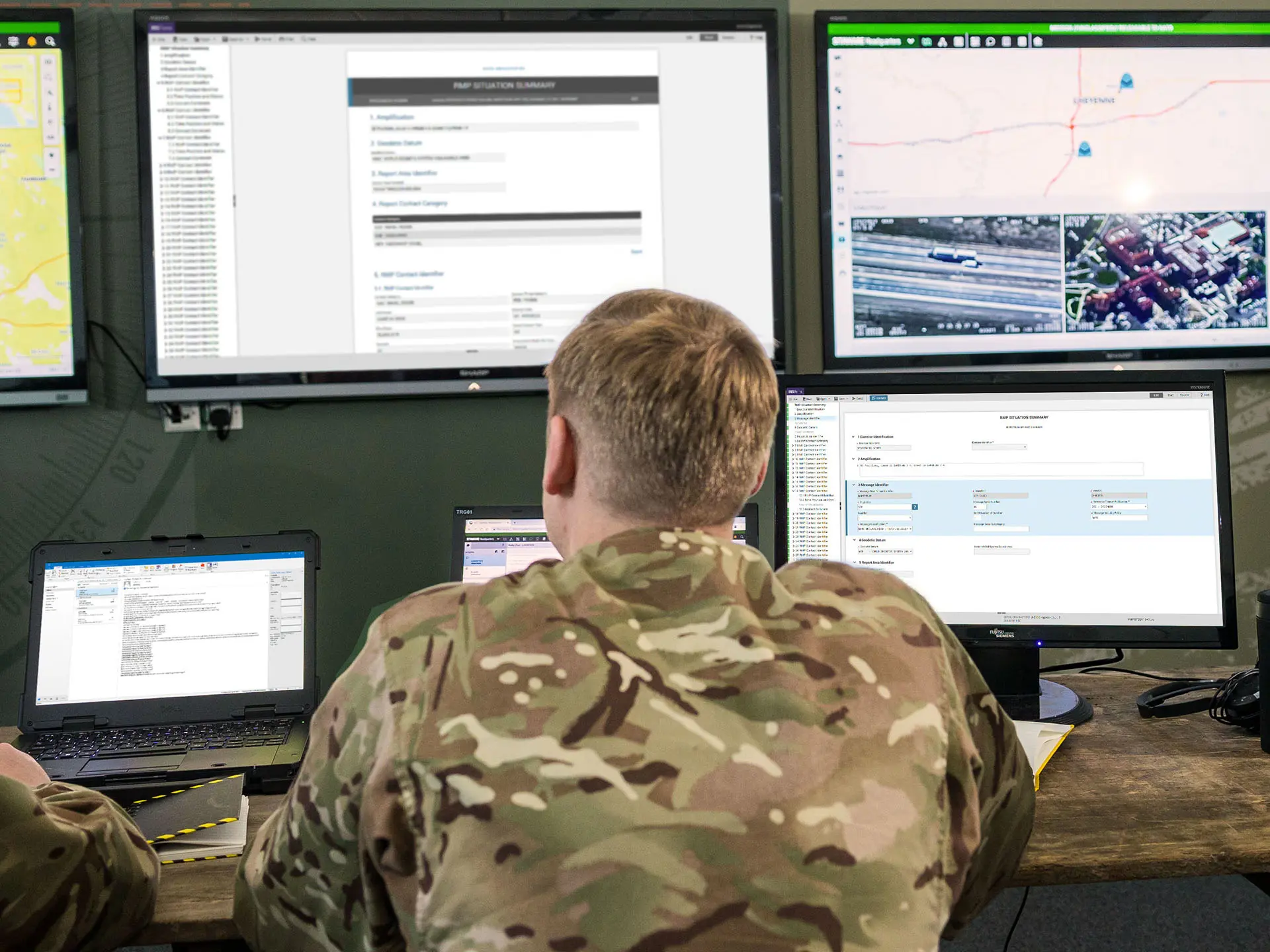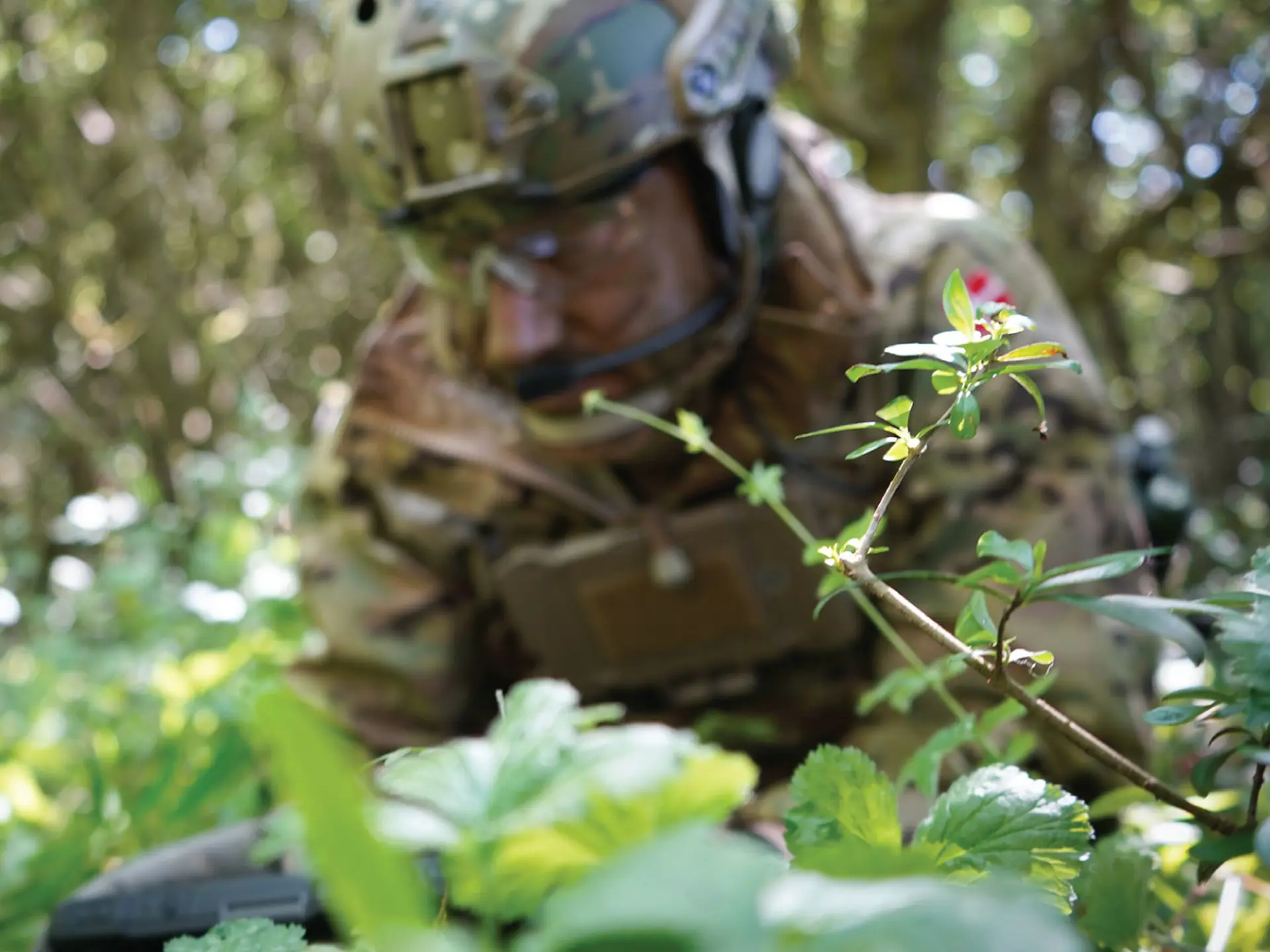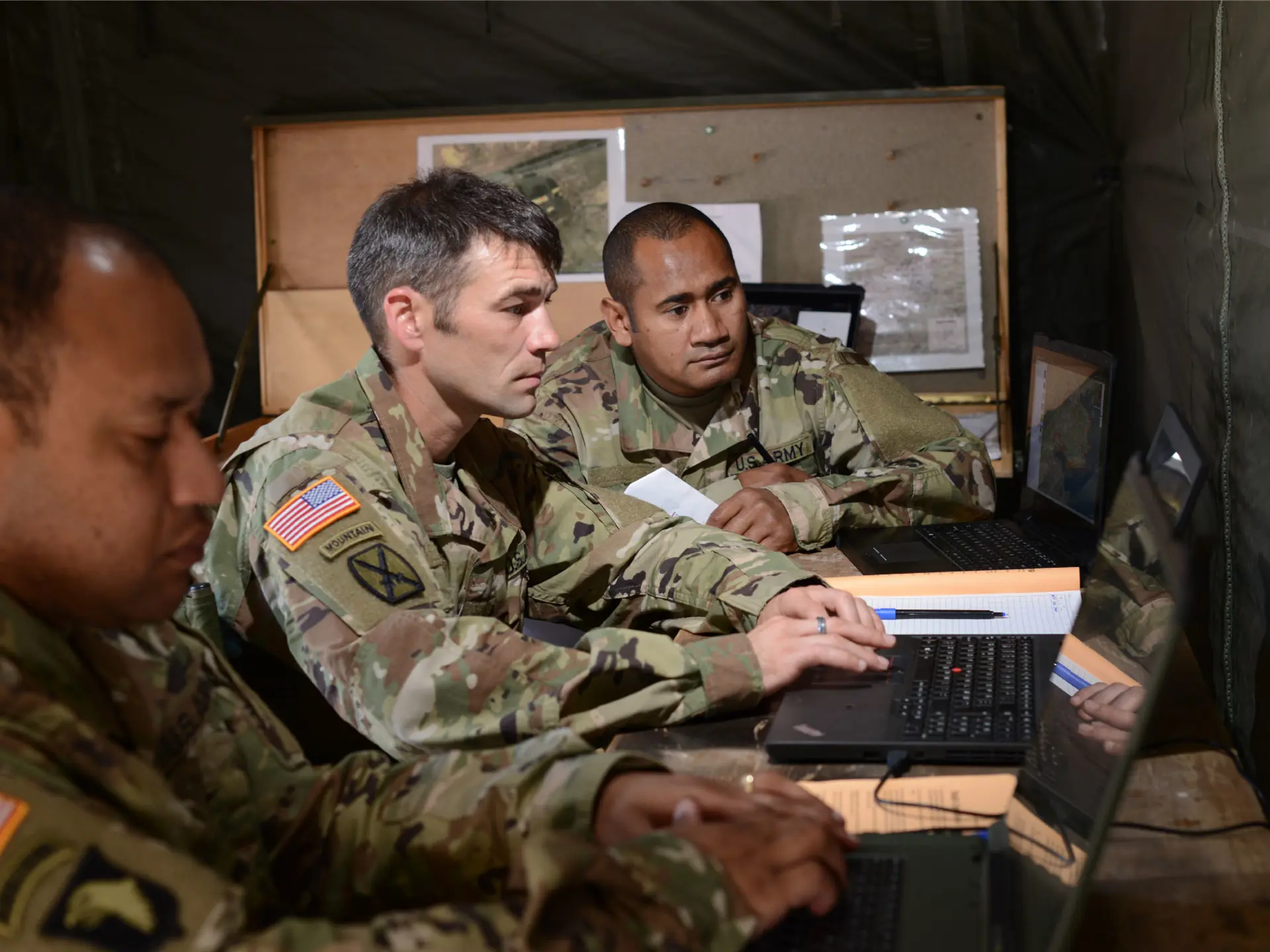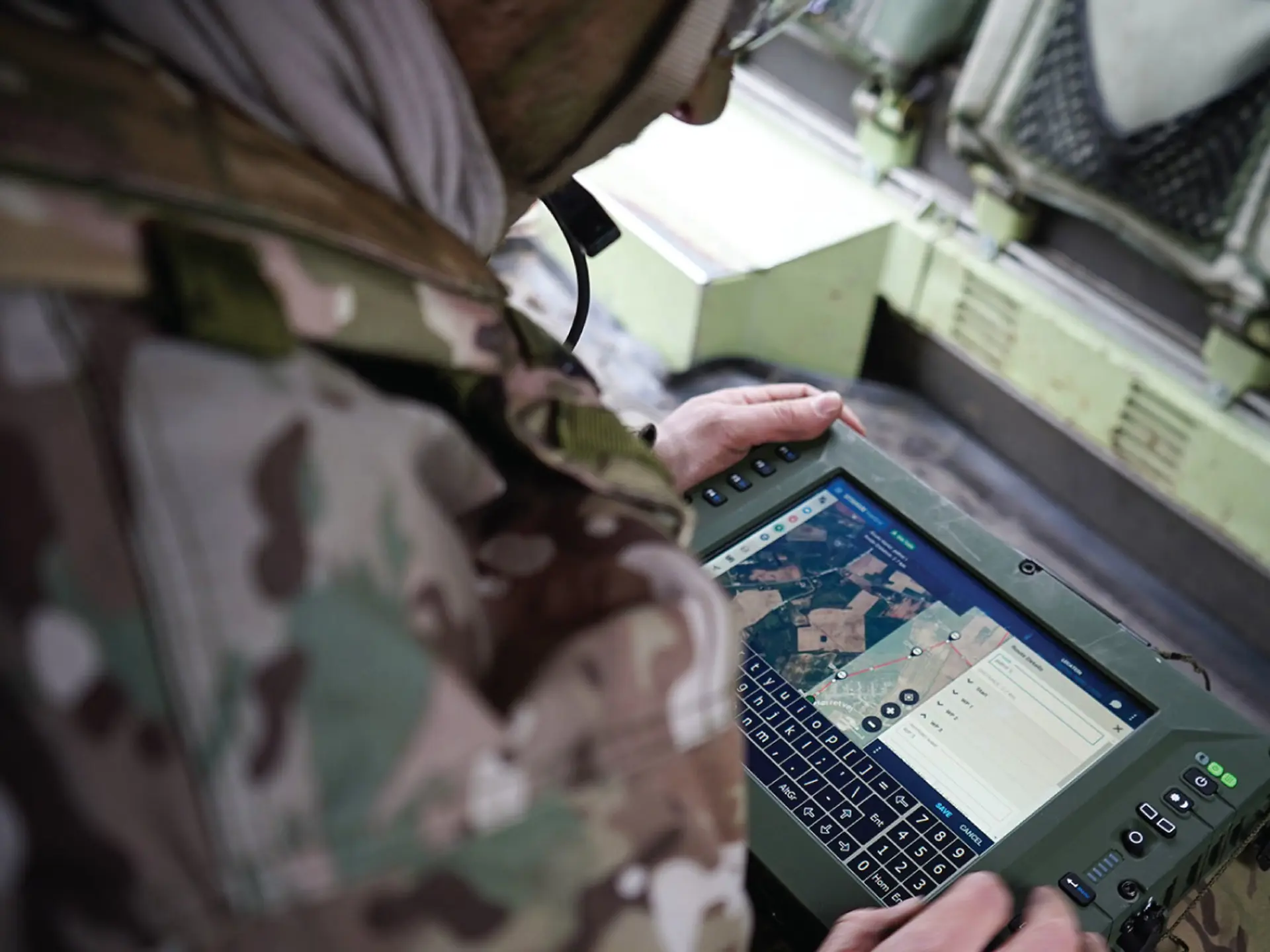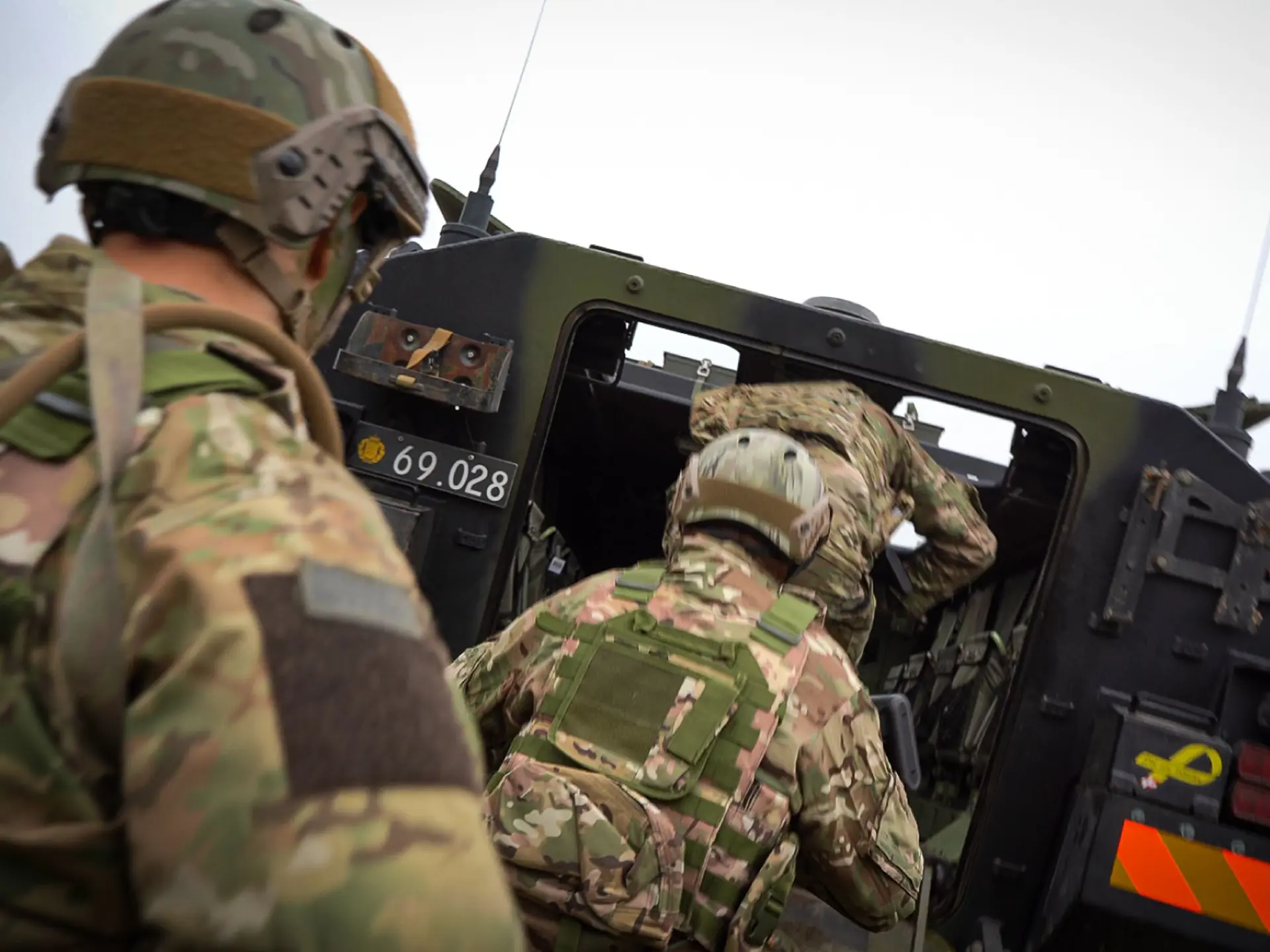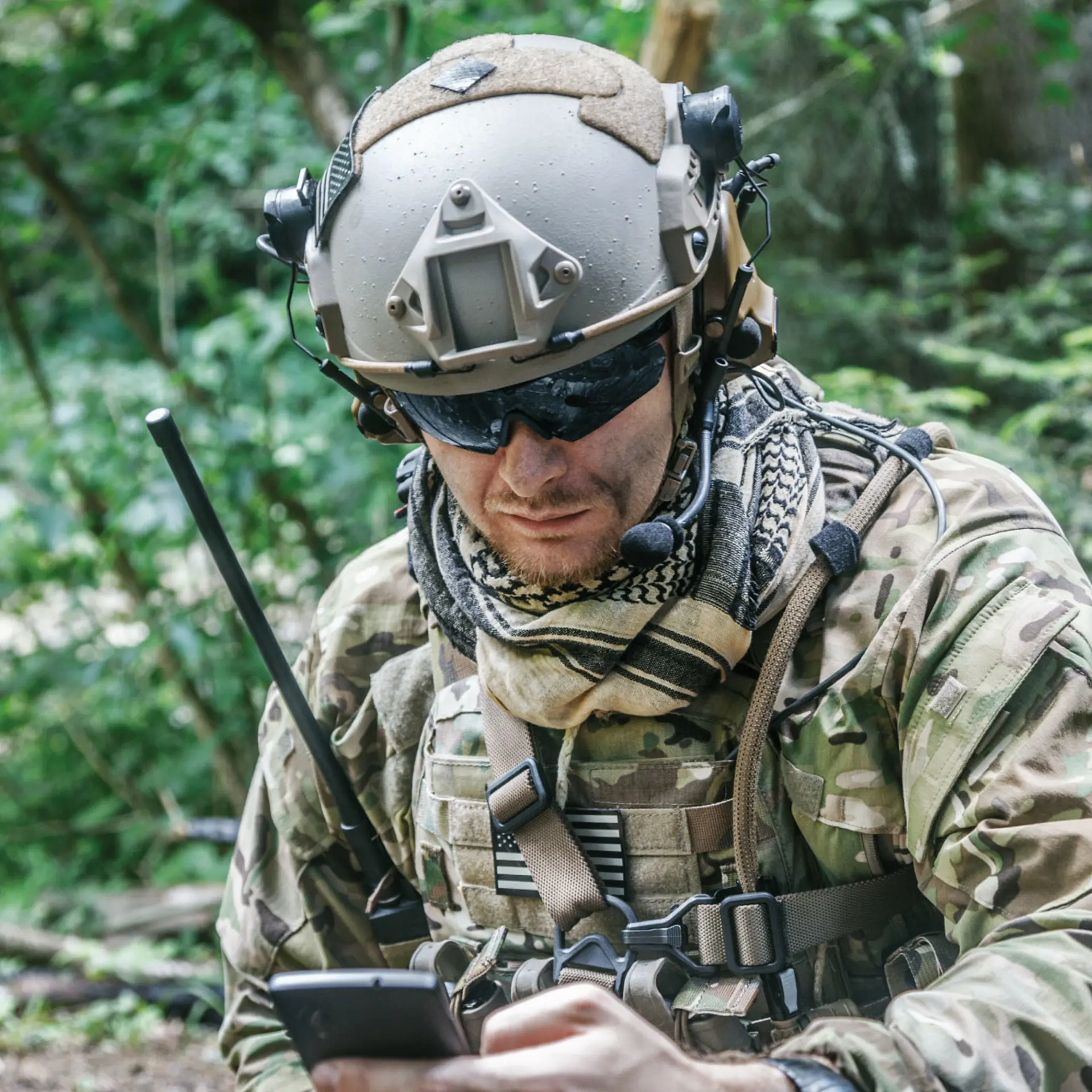
APP-11
APP-11 specifies the Message Text Formats (MTFs) - also called character oriented messages - used in NATO operations and exercises to exchange structured textual information between allied forces. Many NATO messages are also used to exchange information nationally.
The messages are built on the underlying technical standard ADatP-3 which specifies the rules that govern the construction of the messages.
The latest version of the APP-11 catalogue consists of over 400 messages covering every aspect of NATO operations that can be exchanged using the latest XML technology while remaining backwardly compatible with legacy communication protocols, such as ACP-127.
MTF Messages
Military messages consists of two parts: a transportation header (e.g. ACP 127) and an information payload, the body.
The header relates to the transport protocol being used. This will include such information as the originator, recipient, classification and routing information.
The body of the military message contains the actual information to be communicated and it is this part of the message that can contain an MTF message from APP-11 (e.g. an INTSUM). The MTF messages themselves are protocol agnostic and can be transported in many suitable ways: STANAG-4406, ACP-127, e-mail, chat, and even web services.
Since 2008, the ADatP-3 MTFs can either be represented as slash delimited textual messages (the original format) or as XML documents. A one-to-one mapping between the representations ensures that the bandwidth advantages of the slash-delimited messages remains whilst at the same time having the flexibility of XML.
MTF follows a logical and unambiguous structure based on current tactics, techniques, and procedures (TTPs), this helps users ensure that all the necessary information is included in a message in a format the recipient can understand or process into a C2 system.
The actual content of a MTF consists solely of the values/text of the fields rather than any field headings or formatting, which makes them very bandwidth efficient. Recognised military abbreviated codes (e.g. FF for frigate) are also used, this further increases their bandwidth efficiency, allowing effective transmission even in the most challenging environments with communications such as tactical radios, HF and VHF.
The APP-11 NATO Message Catalogue is the sum of over 30 years condensed experience of operational needs for exchanging information. Messages are constantly maintained by NATO working groups to keep pace with the latest tactics and doctrine.
Avoid misunderstandings: Structure gives clear understanding of content
Interoperability: Can be understood by other nations and systems
Bandwidth: MTFs are extremely bandwidth efficient
Machine readable: Computers can turn information into rich visualisations
Overview of the APP-11 Message Catalogue
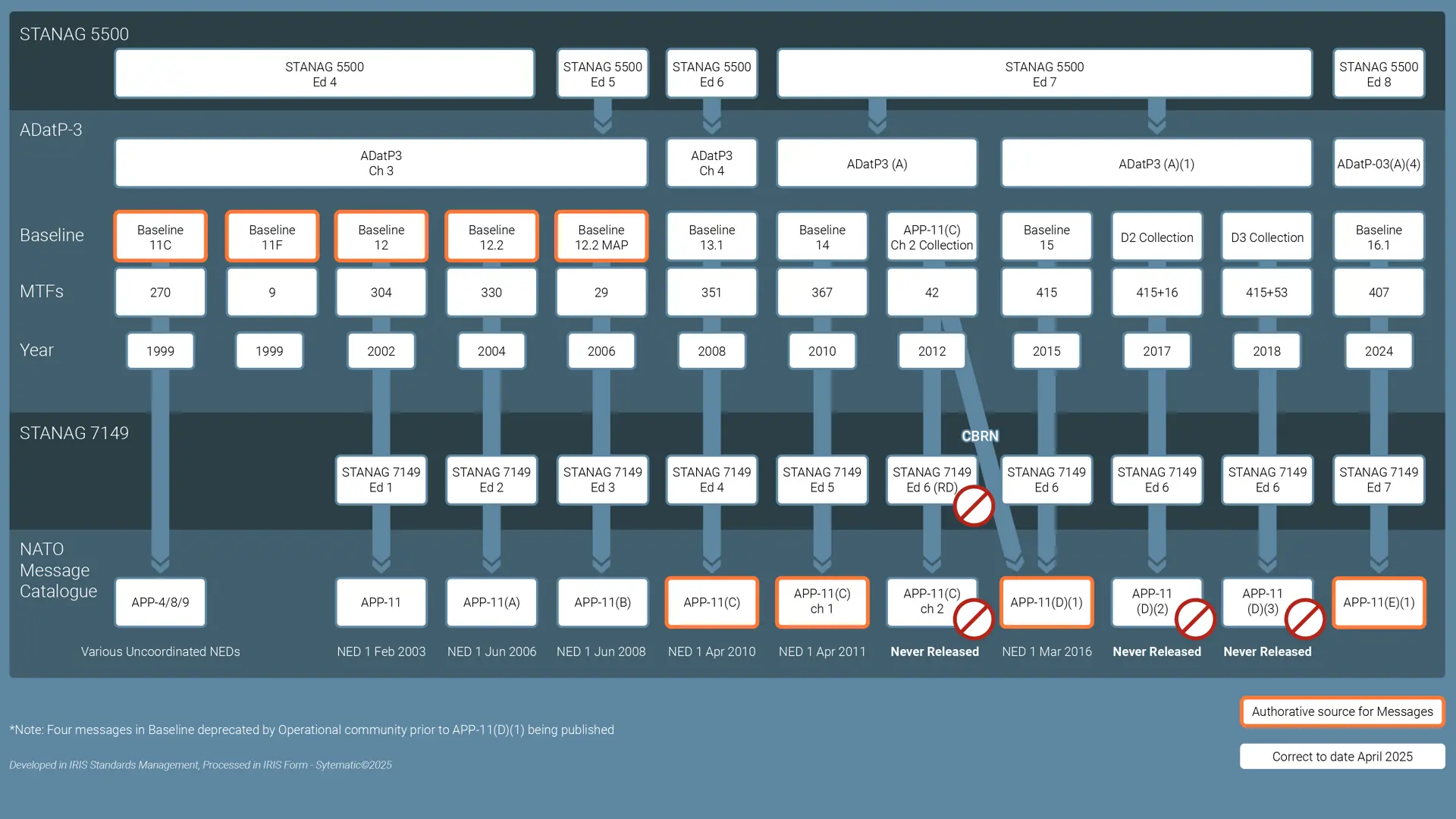
APP-11 message catalogue
After nearly a decade, the NATO Message Catalogue has entered a new chapter with the promulgation of APP-11(E) (1), effective 1 April 2025.
This milestone marks a significant leap forward in standardising military messaging formats across NATO and partner nations, ensuring greater interoperability, clarity, and operational readiness. It is now available on the NATO Standardisation Office (NSO) portal and national distribution authorities.
Why APP-11(E) (1) Matters
APP-11(E) (1) is not just a routine update but a comprehensive overhaul of the NATO Message Catalogue.
Over the past ten years, 32 new Message Text Format (MTF) messages have been added, 40 deprecated, and 5 reinstated, bringing the total to 407 MTFs. These changes reflect evolving operational needs and technological advancements, and they are underpinned by 81 MTF Change Proposals that directly or indirectly impact every message in the catalogue to some extent.
One significant change that impacts messages in this edition is that all positions can only be passed in the WGS84 datum.
The Role of IRIS Forms
The successful implementation of APP-11(E) (1) is closely tied to the tools that enable its adoption - among them, IRIS Forms. As a globally recognised commercial off-the-shelf (COTS) product, IRIS Forms is trusted by numerous NATO nations for its excellence in command-and-control (C2) and military message handling systems (MMHS). It ensures full compliance with military MTF standards, including APP-11, by offering automatic message generation, content validation, and support for both traditional // and XML-based formats.
IRIS Forms has evolved significantly to support the demands of APP-11(E)(1). Recent updates include enhanced usability, support for multiple custom templates, and integration with third-party systems via SDKs.
Although previous versions of IRIS Forms going back to version 5.3 can process APP-11(E)(1) messages, the latest version v5.20 has been fully tested with the new catalogue and the date and location pickers as well as the special maritime templates have all been updated.
APP-11(D)(1) is the first new publication of the NATO Message Catalogue for almost five years. This version introduces 54 new messages and deprecates nine messages. Significant new information exchange capability have been included:
- Maritime – a number of new maritime OPTASKs and Maritime Interdiction Operation (MIO) messages are included as well as significant changes to the OPTASK.
- Air – eight new air messages have been added to support the NATO ACCS and TBM programmes as well as significant updates to the Air Tasking Order (ATO) and OPTASK.
- Land – new messages supporting reporting at the tactical level, such as the MEDEVAC 9 liner and the IEDREP 10 liner.
- Joint – an overhaul of the CBRN message set to reflect the changes to ATP 45(E)(1). The Friendly Force Information message (STANAG 5527 ed1) that replaces the unratified NFFI schema and a suite of logistics tracking messages (STANAG 2185, 2291) to support the LOGFS programme
It is anticipated that many nations will move to APP-11(D)(1) and it is likely to become the underlying standard for many NATO systems.
NATO plan to publish a new version of APP-11(D) in early 2017 and 2018, these will include new operational requirements.
Supported by IRIS FORMS.
APP-11(C) Change 1 contained 367 MTFs. This version of the message catalogue is widely adopted within the maritime community and will remain extant until Mar 2019 as APP-11(D) is phased in. Supported by IRIS FORMS 4.0 and later.
APP-11(C) Original contained 351 MTFs . This is the first fully unclassified release and also the first release of messages delivered as XML-MTF schemas. Supported by IRIS Forms 3.0 and later.
The Maritime Amendment Package contains updates to 29 unclassified MTFs for maritime use. These are still being used in a number of maritime systems. With the change of the ADatP-3 specification in 2008, the operational release of messages was contained in APP-11(C). Supported by IRIS MFS and IRIS FORMS 1.0 and later.
Baseline 12.2 contained 346 MTFs, of which 16 are classified. The future version was not included in this baseline since no changes were made in the future MTFs since Baseline 12. Systematic are aware that messages from this Baseline are quite widely implemented. Supported by IRIS MFS and IRIS Forms 1.0 and later.
Baseline 12 contained 342 MTFs, of which 28 are classified and 11 are contained in the future version. Systematic are not aware of any systems still using this baseline. Supported by IRIS MFS and IRIS Forms 1.0 and later.
Baseline 11 contained 324 MTFs. This was the first baseline that was produced in both a classified and an unclassified version. The unclassified version contains 275 MTFs. Baseline 11 was also the first baseline that was produced both in a current version, which contains the messages for immediate operational use, and a “future” version, which contains 10 MTFs that were meant for implementation trials in NATO Air Command and Control System (ACCS). A number of the Baseline 11 Current and Future messages are still being used in operational Air C2 systems. Supported by IRIS MFS and IRIS Forms 1.0 and later.
Explore
If you're looking for cases, news and downloads, please visit the News & Knowledge section.
